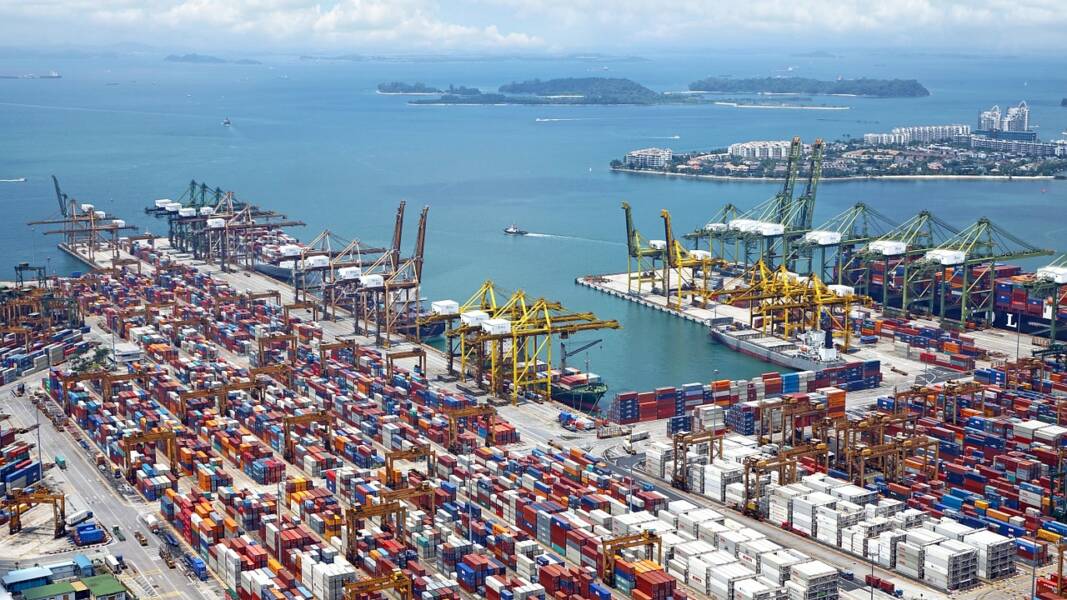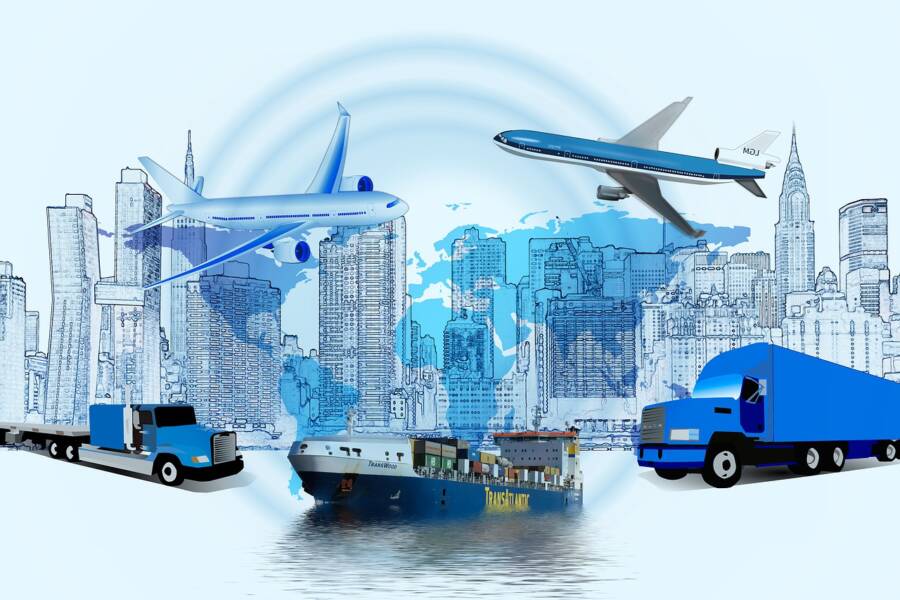The global supply chain is always changing and evolving. Companies have been looking for ways to increase efficiency and limit disruptions for years, but the COVID-19 crisis exacerbated these trends. Recent events have exposed weaknesses in the supply chain. Sudden shifts in demand have led to sharp price increases, product shortages, and increased wait times for customers. Companies need to find ways to make their supply chains planning approaches more flexible in the face of uncertainty.
Considering everything we’ve learned over the past year, 2022 will likely take the industry in new directions. Here are five supply chain and logistics trends to watch out for in the new year:
The Outsourcing Revolution Continues
More companies are handing over the keys to their supply chains to third parties. Outsourcing certain aspects of the order fulfillment process can help companies compete with large retailers like Amazon and Walmart, which can typically deliver items in just 24 hours or less. Third-party logistics firms often have the technology and resources to build at scale. They also have distribution centers located all over the country, if not other countries, to help companies deliver their goods as fast as possible. This will also help shield manufacturers from international shipping delays, especially if local ports are full or backed up.
According to a recent survey from Gartner, Inc., 66% of logistics leaders increased their logistics outsourcing budget in 2021, and 74% anticipate an increase in the next two years. Companies can choose to outsource certain elements of their supply chains, such as data analytics, manufacturing, store and warehousing, order processing, packaging, and delivery. Studies show supply chains with the highest outsourcing include:
- Distribution and logistics at 42%
- Manufacturing at 37%
- Product Finishing at 29%
- Packaging at 23%
It’s often much cheaper for small and medium-sized business to outsource these processes rather than spend hundreds of thousands of dollars automating their current facilities.
Adding Value Through Sustainability
The supply chain is going green. Companies are looking to reduce their dependence on fossil fuels that contribute to global warming. Countries all over the world and enacting new legislation to limit the effects of climate change. Companies doing business in these countries or those that plan to in the future, need to make sure they are staying ahead of these trends to avoid incurring fines.
Consumers are also putting their money towards sustainably resourced products and services. Expect to see more manufacturers and retailers implementing the latest green technology as a way of adding value to their products and services. For example, many facilities now use energy management systems that conserve water, electricity, and heat. Other companies are moving away from disposable packaging and towards reusable containers to reduce the amount of waste in the supply chain. For example, companies can ship their goods in a reusable pallet container instead of shrink-wrapping goods to the pallet.
Circular Supply Chains
Speaking of going green, more companies are looking to make their supply chains circular. This encourages manufacturers and retailers to get as close to using 100% recycled materials as possible.
Companies are investing more time and money into the recycling process by either melting down raw materials or scrapping salvageable parts. They are also moving away from disposable products with less value. This reduces their impact on the environment, while reducing their dependence on raw materials. Circular supply chains help insulate companies from sudden material shortages and price increases.
The Rise of SCaaS
The idea of using software as a service (SaaS) is nothing new, but companies in the supply chain are starting to leverage this technology at greater speeds. The industry’s leading software providers are taking their services up a notch by examining every possible link in the supply chain. As the pace of outsourcing increases, the supply chain will be regulated by fewer and fewer highly skilled individuals. Several supply chain as a service (SCaaS) providers are even building control towers to help manage the supply chain from a single location. This gives manufacturers and retailers end-to-end visibility, so they can respond to sudden disruptions in real-time.
As more companies adopt SCaaS, the more the global supply chain will integrate. Different companies and service providers will start sharing their data across platforms to increase visibility. This will help them respond to potential issues, so they can minimize possible disruptions.
Elastic Supply Chains for More Unpredictability
The last year has taught us that the supply chain is anything but predictable. Instead of trying to insulate themselves from sudden changes in the supply chain, companies are starting to work it into their business models. We will see more companies investing in what’s known as elastic supply chains. The company can easily adjust the size and scope of its operations based on external factors, such as extreme weather, public health emergencies, trade disputes, and cargo shortages. For example, if the ships are backed up at port, the company can continue focusing on other operations until the issue is resolved. Companies can use an automated warehouse system that will help them better adapt to sudden disruptions that are beyond their control.
Expect the supply chain to look very different in 2022. These trends will likely continue for the next several years even after the pandemic is behind us.

Ingrid Maldine is a business writer, editor and management consultant with extensive experience writing and consulting for both start-ups and long established companies. She has ten years management and leadership experience gained at BSkyB in London and Viva Travel Guides in Quito, Ecuador, giving her a depth of insight into innovation in international business. With an MBA from the University of Hull and many years of experience running her own business consultancy, Ingrid’s background allows her to connect with a diverse range of clients, including cutting edge technology and web-based start-ups but also multinationals in need of assistance. Ingrid has played a defining role in shaping organizational strategy for a wide range of different organizations, including for-profit, NGOs and charities. Ingrid has also served on the Board of Directors for the South American Explorers Club in Quito, Ecuador.










































